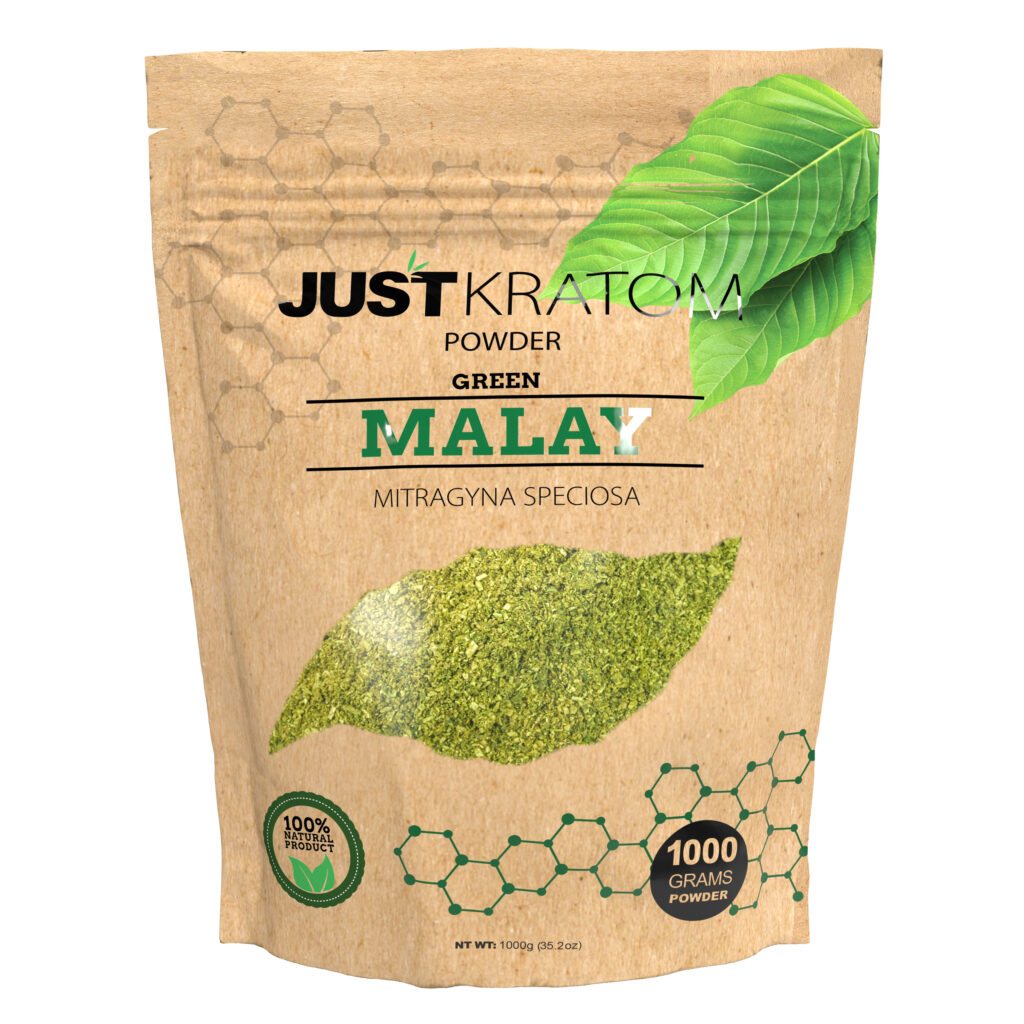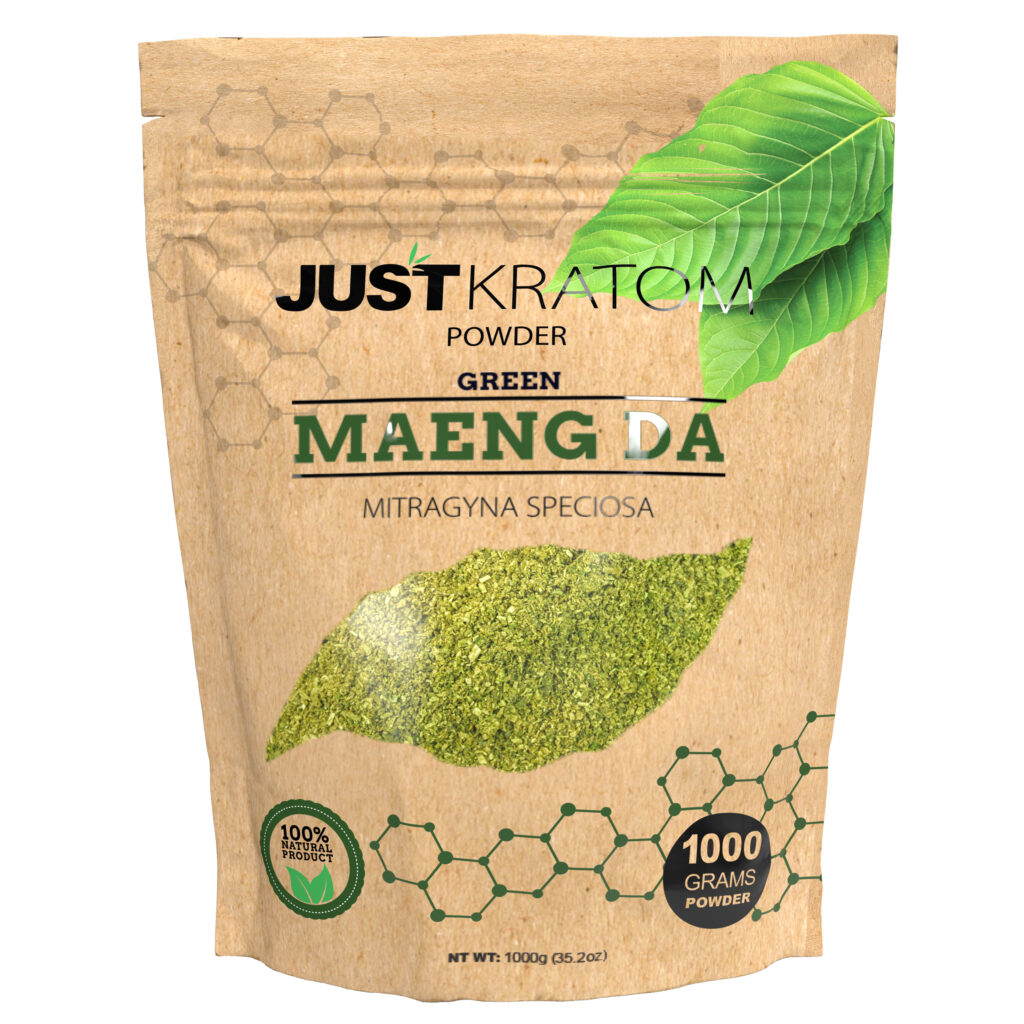The Future Of Kratom Powder In Alternative Health Trends
Legal Landscape
The legal landscape surrounding kratom, a botanical supplement gaining traction in alternative health trends, is complex and constantly evolving. Different jurisdictions approach regulation with varying degrees of restrictiveness, creating a patchwork of legality that leaves consumers and businesses navigating a minefield of uncertainty.
Regulation and Legislation
Kratom’s legal status varies widely across the globe, ranging from complete prohibition to decriminalization and regulated sales. In some countries, kratom is entirely banned due to concerns about its potential for abuse and adverse effects. Others have adopted a more lenient approach, allowing for limited or unrestricted access to the substance under specific conditions. This fragmented regulatory environment presents significant challenges for both consumers and businesses operating in the kratom market.
The United States, in particular, has seen a patchwork of state-level regulations, with some states banning kratom outright while others have adopted more nuanced approaches, such as requiring registration or age restrictions. Federal agencies, like the Food and Drug Administration (FDA), are also actively involved in monitoring kratom’s safety and potential risks, raising further uncertainty about its future legality.
As the popularity of kratom continues to grow, the legal landscape is likely to evolve further, with ongoing debates and potential legislative changes shaping its future accessibility and usage.
International Trade and Distribution
Navigating the global trade and distribution of kratom powder is a complex endeavor due to the varying legal stances adopted by different countries. The absence of a standardized international regulatory framework creates numerous challenges for businesses involved in the supply chain.
- Compliance with diverse national laws: Businesses must ensure they adhere to the specific regulations governing kratom import, export, and sale within each country they operate in.
- Supply chain disruptions: Legal restrictions in certain countries can lead to disruptions in the flow of kratom powder, making it difficult for businesses to source and distribute products reliably.
- Risk of seizure and penalties: Shipments of kratom may be subject to seizure by authorities if they violate local laws, resulting in significant financial losses and legal repercussions for businesses.
The future of kratom powder in international trade and distribution hinges on several factors, including evolving public perception of the substance, advancements in scientific research regarding its potential benefits and risks, and the harmonization of regulatory approaches on a global scale.
Scientific Research and Evidence
Scientific research plays a crucial role in shaping the understanding of kratom’s effects and informing policy decisions regarding its legal status and regulation. Rigorous studies exploring kratom’s pharmacological properties, potential therapeutic applications, and associated risks are essential for evidence-based decision-making.
Potential Benefits and Applications
Scientific research is crucial for advancing the understanding of kratom’s potential benefits and risks. Studies investigating its pharmacological properties, mechanisms of action, and potential therapeutic applications can provide valuable insights into its effects on the human body.
Research also helps to identify potential adverse effects and establish safe usage guidelines. By analyzing clinical data and conducting controlled trials, scientists can shed light on kratom’s long-term safety profile and potential interactions with other substances.
Evidence-based research findings can inform policy decisions regarding kratom regulation. Data on its efficacy, safety, and potential for abuse can guide policymakers in developing appropriate legal frameworks that balance public health concerns with individual autonomy.
Risks and Side Effects
Scientific research is fundamental to navigating the complex landscape surrounding kratom powder. Rigorous studies are essential for understanding its pharmacological properties, potential therapeutic benefits, and associated risks.
Evidence-based research findings can inform public health policies, regulatory frameworks, and consumer decision-making.
Scientific investigation should focus on clarifying kratom’s mechanisms of action, identifying potential therapeutic applications, and assessing its long-term safety profile.
Understanding the risks associated with kratom use, including potential for addiction, adverse effects, and interactions with other substances, is crucial for promoting responsible use and mitigating potential harm.
Future Research Directions
Future research directions in the field of kratom should prioritize rigorous scientific investigations to address knowledge gaps and inform evidence-based policy decisions.
Research focusing on kratom’s pharmacological properties, including its active compounds and mechanisms of action, is crucial for understanding how it exerts its effects on the human body.
Further investigation into kratom’s potential therapeutic applications, such as pain management, anxiety reduction, or opioid withdrawal symptom relief, is warranted. Controlled clinical trials are needed to evaluate the efficacy and safety of kratom for these purposes.
A comprehensive understanding of kratom’s long-term health effects is essential. Longitudinal studies tracking the outcomes of individuals who use kratom over extended periods can provide insights into potential risks and benefits associated with chronic use.
Research should also delve into the potential for addiction, dependence, and withdrawal symptoms associated with kratom use. Understanding these aspects is crucial for developing strategies to mitigate potential harm and support individuals struggling with kratom misuse.
Exploring potential interactions between kratom and other substances, including prescription medications, over-the-counter drugs, and alcohol, is essential. This research can help identify potential risks and guide clinicians on appropriate prescribing practices.
Cultural and Societal Impact
Kratom, a botanical supplement gaining traction in alternative health trends, finds itself at the center of a complex legal and societal debate. Its use and regulation vary widely across the globe, reflecting differing perspectives on its potential benefits and risks.
Growing User Base and Community
The cultural and societal impact of kratom is multifaceted and evolving. As its popularity grows, it sparks discussions about alternative medicine, pain management, and personal autonomy. Some view kratom as a valuable tool for managing pain and other symptoms, while others express concerns about its potential for abuse and adverse effects.
The growing user base of kratom is contributing to the development of vibrant online communities where individuals share experiences, information, and support. These communities provide a platform for users to connect, learn from each other, and advocate for greater understanding and acceptance of kratom use.
Stigma and Public Perception
Stigma surrounding kratom remains a significant barrier to open dialogue and informed decision-making. Negative perceptions fueled by misinformation and sensationalized media coverage often overshadow the potential benefits of kratom for some individuals.
Public perception of kratom is heavily influenced by media portrayals, which tend to focus on its association with addiction and potential risks. This can create a climate of fear and misunderstanding, discouraging open discussion and research into its therapeutic applications.
Overcoming stigma requires a multi-faceted approach that involves: education about kratom’s potential benefits and risks based on scientific evidence; fostering dialogue between stakeholders, including researchers, healthcare professionals, policymakers, and users; and promoting responsible use guidelines to mitigate potential harm.
Public understanding of kratom is crucial for shaping informed policy decisions and encouraging responsible use. By dispelling myths, addressing concerns, and promoting evidence-based information, it is possible to foster a more nuanced and informed public discourse surrounding kratom’s role in alternative health trends.
Ethical Considerations in Alternative Medicine
The cultural and societal impact of kratom extends beyond its legal status, encompassing diverse perspectives on its use and potential benefits. Growing communities of users are advocating for greater understanding and acceptance, while concerns about its potential for abuse and adverse effects remain prevalent.
Ethical considerations in the alternative medicine landscape surrounding kratom are multifaceted. Access to safe and effective treatments is paramount, but this must be balanced with responsible use practices and mitigating potential harms. Transparency in research and marketing is crucial to ensure consumers make informed decisions about their health.
A key ethical challenge lies in balancing individual autonomy with public health concerns. Individuals should have the right to explore alternative therapies like kratom, but this must be accompanied by adequate information about potential risks and responsible use guidelines.
Another ethical consideration is equitable access to safe and affordable kratom products. The lack of standardization in sourcing, production, and quality control can lead to inconsistencies in product safety and efficacy. Ensuring accessibility for all individuals, regardless of their socioeconomic status, is essential for ethical practices in the alternative medicine field.
As kratom continues to gain traction in alternative health trends, ongoing dialogue and collaboration between stakeholders are crucial for navigating these complex ethical considerations.
Promoting responsible use practices, fostering transparency in research and marketing, and ensuring equitable access to safe products are essential steps towards integrating kratom ethically within the broader landscape of alternative medicine.
Market Trends and Innovation
The market for botanical supplements is rapidly evolving, driven by consumer interest in natural remedies and alternative health solutions. Kratom powder, a substance derived from the Mitragyna speciosa tree, has emerged as a prominent player in this space, gaining popularity for its purported pain-relieving, mood-boosting, and energizing effects.

Product Diversification and Formulation
The market trends for kratom powder are influenced by several factors, including growing consumer demand for natural health solutions, increasing awareness of alternative medicine practices, and evolving perceptions about traditional plant-based remedies.
Product diversification and formulation within the kratom market are driven by consumer preferences and a desire for tailored experiences. Manufacturers are expanding product offerings beyond standard powdered kratom to include various formats such as capsules, tablets, extracts, and even flavored blends.
Innovations in kratom processing and extraction techniques aim to enhance potency, standardize quality, and improve user experience. Research into potential therapeutic applications of kratom compounds is also driving innovation in product development.

Online Sales and Distribution Channels
The future of kratom powder in alternative health trends hinges on a delicate balance between consumer demand, regulatory scrutiny, and scientific understanding.
Online sales and distribution channels are becoming increasingly important for the kratom market. E-commerce platforms provide convenient access to consumers worldwide, while also enabling businesses to reach wider audiences.
The rise of online marketplaces has created new opportunities for kratom sellers to connect with customers directly, bypassing traditional retail constraints. However, this trend also presents challenges in terms of ensuring product quality and authenticity, as well as navigating the legal complexities of cross-border sales.
Direct-to-consumer marketing strategies are gaining traction within the kratom industry. Businesses are leveraging social media platforms and online advertising to reach potential customers and build brand awareness.
As consumer awareness and demand for kratom continue to grow, the online marketplace is likely to play an increasingly prominent role in shaping the future of this alternative health trend.
Navigating the evolving regulatory landscape surrounding kratom will be crucial for businesses operating in this market. Staying informed about changes in legal restrictions and compliance requirements is essential for ensuring ethical and sustainable operations.
Emerging Technologies and Manufacturing
The market for botanical supplements is rapidly evolving, driven by consumer interest in natural remedies and alternative health solutions. Kratom powder, a substance derived from the Mitragyna speciosa tree, has emerged as a prominent player in this space, gaining popularity for its purported pain-relieving, mood-boosting, and energizing effects.
The market trends for kratom powder are influenced by several factors, including growing consumer demand for natural health solutions, increasing awareness of alternative medicine practices, and evolving perceptions about traditional plant-based remedies.
- Growing Consumer Demand: A rising interest in natural and holistic approaches to wellness drives the demand for alternative therapies like kratom. Consumers seeking alternatives to conventional pharmaceuticals are increasingly exploring botanical supplements.
- Increased Awareness of Alternative Medicine: The popularity of alternative medicine practices is on the rise, with more people open to exploring treatments outside traditional Western medicine.
- Evolving Perceptions of Plant-Based Remedies: Traditional knowledge and the growing acceptance of plant-based medicines contribute to a shift in perceptions towards kratom as a potential therapeutic agent.
Product diversification and formulation within the kratom market are driven by consumer preferences and a desire for tailored experiences. Manufacturers are expanding product offerings beyond standard powdered kratom to include various formats such as capsules, tablets, extracts, and even flavored blends.
Innovations in kratom processing and extraction techniques aim to enhance potency, standardize quality, and improve user experience. Research into potential therapeutic applications of kratom compounds is also driving innovation in product development.
The future of kratom powder in alternative health trends hinges on a delicate balance between consumer demand, regulatory scrutiny, and scientific understanding.
Online sales and distribution channels are becoming increasingly important for the kratom market. E-commerce platforms provide convenient access to consumers worldwide, while also enabling businesses to reach wider audiences.
The rise of online marketplaces has created new opportunities for kratom sellers to connect with customers directly, bypassing traditional retail constraints. However, this trend also presents challenges in terms of ensuring product quality and authenticity, as well as navigating the legal complexities of cross-border sales.
Direct-to-consumer marketing strategies are gaining traction within the kratom industry. Businesses are leveraging social media platforms and online advertising to reach potential customers and build brand awareness.
As consumer awareness and demand for kratom continue to grow, the online marketplace is likely to play an increasingly prominent role in shaping the future of this alternative health trend.
Navigating the evolving regulatory landscape surrounding kratom will be crucial for businesses operating in this market. Staying informed about changes in legal restrictions and compliance requirements is essential for ensuring ethical and sustainable operations.

Regulation of Kratom Powder in Various Countries
The legal status of kratom, a botanical supplement gaining popularity in alternative health trends, varies widely around the world, ranging from complete prohibition to regulated sales. Countries have adopted diverse approaches to its regulation, leading to a complex and often confusing landscape for consumers and businesses.
United States
Kratom’s legal status is a patchwork quilt, with different countries taking vastly different approaches. Some nations have banned it outright, citing concerns about addiction potential and adverse health effects. Others allow for limited or unrestricted access under specific conditions.
In the United States, kratom regulation varies significantly from state to state. Some states have completely outlawed kratom, while others have adopted more nuanced approaches, such as requiring age restrictions or registration for sellers. This patchwork of regulations creates a challenging environment for businesses operating in the kratom market.
The Food and Drug Administration (FDA), a federal agency, actively monitors kratom’s safety and potential risks, further adding to the uncertainty surrounding its future legality in the United States.
This lack of standardized regulation across borders presents significant challenges for businesses involved in international trade. Ensuring compliance with diverse national laws becomes complex and time-consuming.
Supply chain disruptions are another concern, as legal restrictions in certain countries can interrupt the flow of kratom powder, making it difficult to source and distribute products reliably.
Furthermore, businesses risk facing seizure of shipments or hefty penalties if they violate local laws, highlighting the need for meticulous compliance measures.
European Union
The European Union’s approach to regulating kratom is characterized by a cautious stance, primarily driven by concerns about its potential for misuse and unknown long-term health effects.
Currently, there is no EU-wide legislation specifically addressing kratom. However, individual member states have implemented their own regulations, ranging from outright bans to allowing controlled access under specific circumstances.
The European Monitoring Centre for Drugs and Drug Addiction (EMCDDA) monitors trends related to new psychoactive substances, including kratom, and provides guidance to EU member states on risk assessment and policy development.
One key challenge facing the EU is the lack of harmonized legislation across its diverse member states. This inconsistency creates complexities for businesses operating within the European market and hinders efforts to effectively address potential risks associated with kratom use.
The future regulatory landscape for kratom in the EU is likely to evolve as scientific understanding of its effects and potential risks progresses. Ongoing monitoring, data collection, and research will inform policy decisions and guide potential changes to existing regulations.
Southeast Asia
Kratom’s legal status varies significantly across Southeast Asia. While some countries have embraced it as a traditional medicine, others have imposed restrictions or outright bans due to concerns about its potential for abuse and adverse effects.
In Thailand, kratom is legally available but with regulations in place to monitor its trade and use. The government recognizes its long history of medicinal application within the country but remains vigilant against misuse.
Malaysia has banned the sale and consumption of kratom, viewing it as a dangerous substance that poses risks to public health.
Indonesia also maintains a ban on kratom, considering it a narcotic drug due to its potential for addiction.
Vietnam classifies kratom as a restricted substance, with controlled access and regulations in place to manage its use.
The Philippines has a complex relationship with kratom, with varying levels of acceptance depending on the region. While it is commonly used traditionally, authorities have implemented efforts to curb its availability in some areas.
Laos and Cambodia, known for their traditional healing practices, generally tolerate kratom use, recognizing its historical role within local communities.
The varied regulatory approaches across Southeast Asia reflect the diverse cultural, societal, and health perspectives surrounding kratom.
Continued dialogue and collaboration between governments, researchers, and communities are crucial for developing evidence-based policies that balance the potential benefits of kratom with its associated risks.
Get your Kratom Powder shipped fast
- How Long Does It Take For Marionette Line Fillers To Settle In London - August 11, 2025
- How Long Do The Results Of A Non-surgical Liquid Facelift Last - August 10, 2025
- How Long After Tear Trough Filler Take To Settle - August 7, 2025
